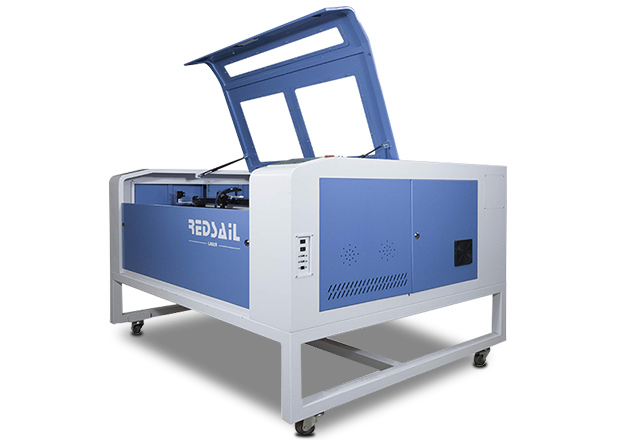Curved glass circular design, a glass forming and processing method, is a glass cutting processing method that plays an important role in the process. Conventional processing methods, which require contact processing with the glass, have mechanical stresses that can easily cause glass edges to collapse and shatter. Non-contact glass laser cutting, high precision, high quality, high quality, with inherent processing advantages.
Specifically, current market trends include the accuracy of manufactured parts, the sometimes complex shape and cut of parts, the beginning of thin (less than 1 mm) and chemically strengthened glass (conventional cutting does not support cutting).
The use of non-contact laser cutting technology greatly avoids the problem of fine cracks and chips. Secondly, there is less residual stress in the glass from laser cutting (different cutting methods produce different residual stresses), which increases the strength of the cut edge. That is very important. If the residual stresses are too high, even when pressure is applied in the centre of the glass, the edges of the glass often break. Therefore, laser cut glass can withstand 1-2 times more force than mechanically cut glass.
Nowadays, there is a growing demand for curve cutting, especially in the mobile phone manufacturing industry. Manufacturers want to produce more complex geometric screens, including holes drilled in the material, control buttons, LEDs and camera lenses. By moving the focused beam onto the substrate along the desired contour, the cut edge can be any contour, including curved cuts, grooves, holes, slots, grooves, bevels and cut surfaces. The forming process allows rapid cutting of arbitrary shapes, thin transparent brittle materials (including curved cuts, free cuts and embedded cuts), without cones. Workpiece bending strength is significantly higher than with conventional process methods.
In conclusion, laser cutting is superior to conventional cutting methods in the case of curved screens. However, the range of laser cutting is wide and involves many different technologies, each with its own unique characteristics and advantages. LASER is able to provide solutions for the specific application environments required by the manufacturing industry.





